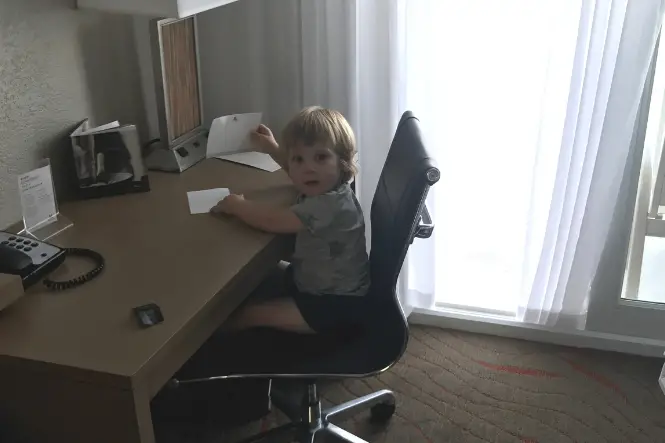The snowy winter months may be lots of fun for children, but when they’re out and about in the snow and ice, there are serious safety issues to consider. Here are some practical ways in which you can help keep your children safe in the ice and snow.
Table of Contents
Safe Play in the Snow
Most children enjoy the opportunity to play in the snow, especially as it’s something they don’t always see that often in the UK. It’s not surprising that they want to run about, throw snowballs and have fun, but snow can be slippery and there can be hidden dangers underneath the thick white snow.
If your children are going out to play in the snow, then it’s advisable that they have adequate footwear on. Shoes or boots with a good grip, like Wellington boots, are ideal as these should reduce the risk of them slipping over. Playing at home in the garden should be fine as you know what could be hidden beneath the blanket of snow, but it’s more difficult to judge the dangers underneath if you’re not familiar with the area.
In a place that you don’t know that well, it’s advisable that your children are accompanied at all times and are discouraged from running about too much. There’s nothing worse than sinking into a pile of snow to discover something sharp underneath or a sudden drop that you’d not expected.
Snowball Safety
Throwing snowballs can be done in a lighthearted and fun way. However, some people get a bit carried away, throwing too many at people or randomly picking strangers to throw them at. It’s not pleasant to have snowballs thrown at you unexpectedly, so do tell your children not to do this.
If they’re making snowballs, make sure they’re wearing gloves. This will not only stop their fingers and hands from getting icy cold, but will be a layer of protection should there be anything sharp in the snow.
Snowman and Igloo Safety
As well as general play in the snow, it’s also common practice to make snowmen and even have a go at making an igloo, if the snow is deep enough. While mostly a safe activity, it’s always good to supervise young children, especially when the snowmen are quite big and involve large and heavy snowballs being put on top of each other. In the worst case scenario, the ball going on top might not stay in place and could fall onto your child.
Likewise, if building dens or igloos in the snow, it’s important to supervise the activity in case walls of snow fall down onto a child.
Children and Sledging Safety
Sledging is another popular snow activity enjoyed by many people each year. Although it can be really good fun, it can also be dangerous, so you should always be aware of safety issues if your children are going to go sledging.
The sledge needs to be safe and secure – although makeshift sledges may seem like a good idea, sometimes they can fall apart or prove to be too speedy on the snow. You also need to choose a sledging location carefully. Hills are the obvious choice, but don’t choose a steep hill for young children.
One of the problems of sledging often involves stopping and there have been dreadful tragedies where children and young people haven’t been able to stop their sledges and have crashed into trees, fences or buildings.
If you have young children, then it’s better to have them on a sledge with you, or ensure they know how to stop it. Avoid sledging on a hill that has a lot of trees or that suddenly comes to a stop near something that you could crash into.
Children and Ice Safety
Where there’s snow, there’s often ice too and this can pose problems of its own. Black ice is invisible and hard to spot and you often only know you’ve stepped on ice when you start slipping on it.
Sturdy shoes or boots with good grips are ideal for walking on paths that may be slippery due to ice, but it’s important to be aware of any ponds, rivers or lakes that may have frozen over. However solid they may look, never attempt to walk on them, and teach your children about the dangers of frozen water. For more winter activities safety advice, see our article on Skating and Ice Skating Safety.



